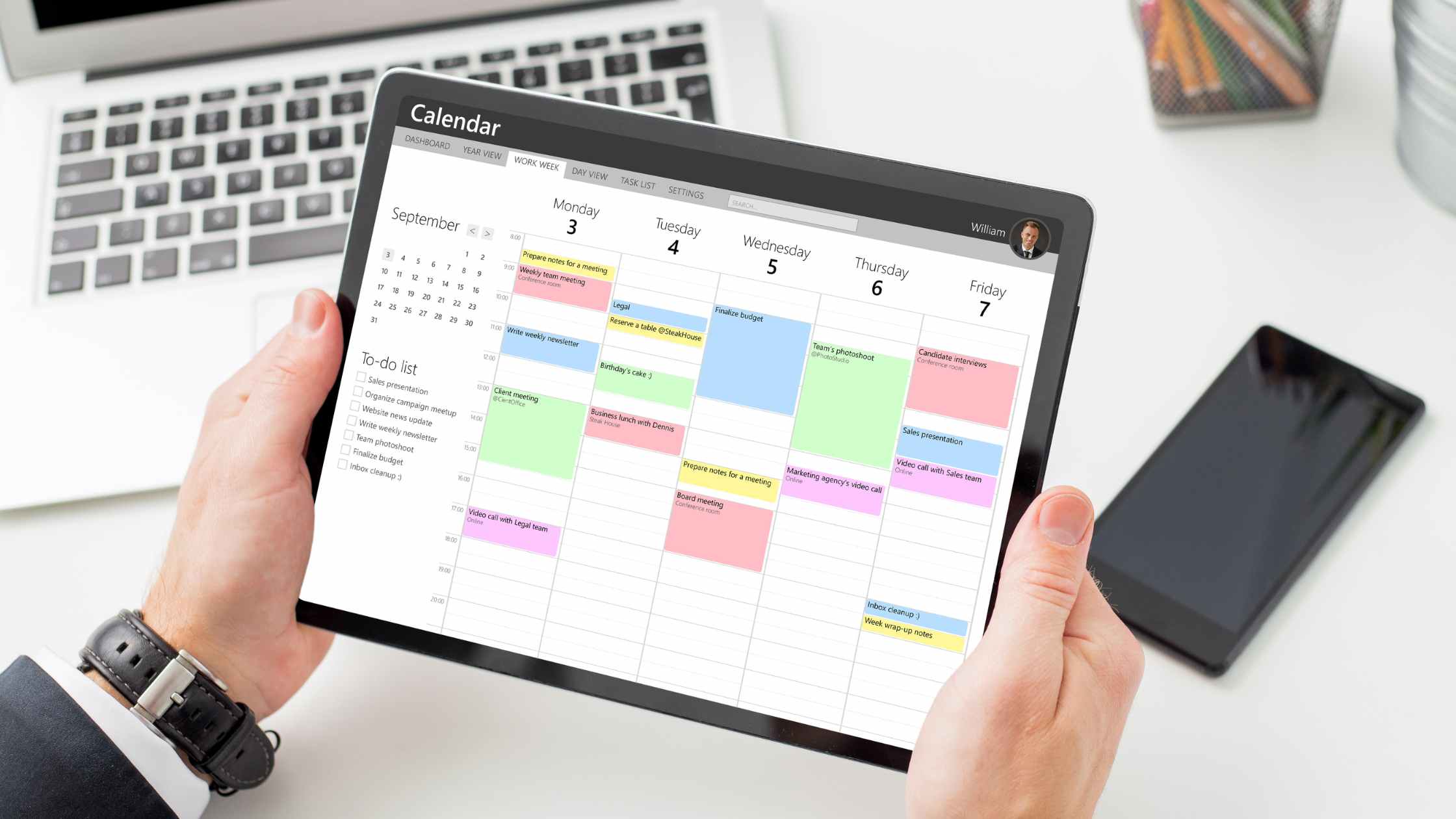
1. Clear Goal Setting: The foundation of effective planning lies in setting clear, actionable goals. Ensure your objectives are Specific, Measurable, Achievable, Relevant, and Time-bound (SMART). Clear goals provide direction and focus, guiding your planning efforts towards successful outcomes. After defining your SMART goals, break them down further into smaller, actionable steps. For each goal, create a checklist of specific tasks required to achieve it. This will provide you with a clear roadmap and make the goal seem more manageable.
2. Task Breakdown: Break down large projects into smaller, more manageable tasks and milestones. When breaking down tasks, aim for granularity. Break tasks into smaller subtasks that can be completed in one sitting or within a short timeframe. This not only makes tasks more manageable but also increases your sense of accomplishment as you complete each subtask. This step-by-step approach creates a clear roadmap for achieving your goals, making it easier to track progress and stay motivated.
3. Prioritize Effectively: Know your critical path. With countless demands competing for your attention, effective prioritization is crucial. Utilize techniques like the Eisenhower Matrix or the ABCDE method to categorize tasks based on urgency and importance. Focus your time and energy on high-priority activities that align with your goals. You should also start your day by identifying your top three priority tasks. These are the tasks that will have the most significant impact on your goals or projects. Focus on completing these tasks before moving on to less critical tasks.
4. Time Management Technique: Time management is key. The Time Blocking method is a great way to manage your day. Allocate dedicated blocks of time in your schedule for specific tasks or projects. This technique minimizes distractions and ensures focused work periods, maximizing productivity. By batching similar tasks together and limiting interruptions, you can make the most of your available time.
5. Assess and Modify: Effective planning is an ongoing process that requires regular review and adjustment. Periodically assess your progress towards your goals and adjust your plans as needed based on changing circumstances. Reflect on what worked well, what didn’t, and any obstacles or challenges you encountered. Stay agile and adaptable to ensure your plans remain relevant and effective.
By evaluating your planning approach against these five best practices, you can identify areas for improvement and implement strategies to enhance your efficiency and effectiveness. Remember, maximizing productivity through better planning is a continuous journey. So be patient. With dedication and perseverance, you can refine your planning skills and achieve your goals with confidence.
P.S. Need a Project Manager? My name is Donna Franklin West and I’ve had over 20 years of project management experience in tech and IT. If you need to inquire about our project management services, please book a free consultation here.



